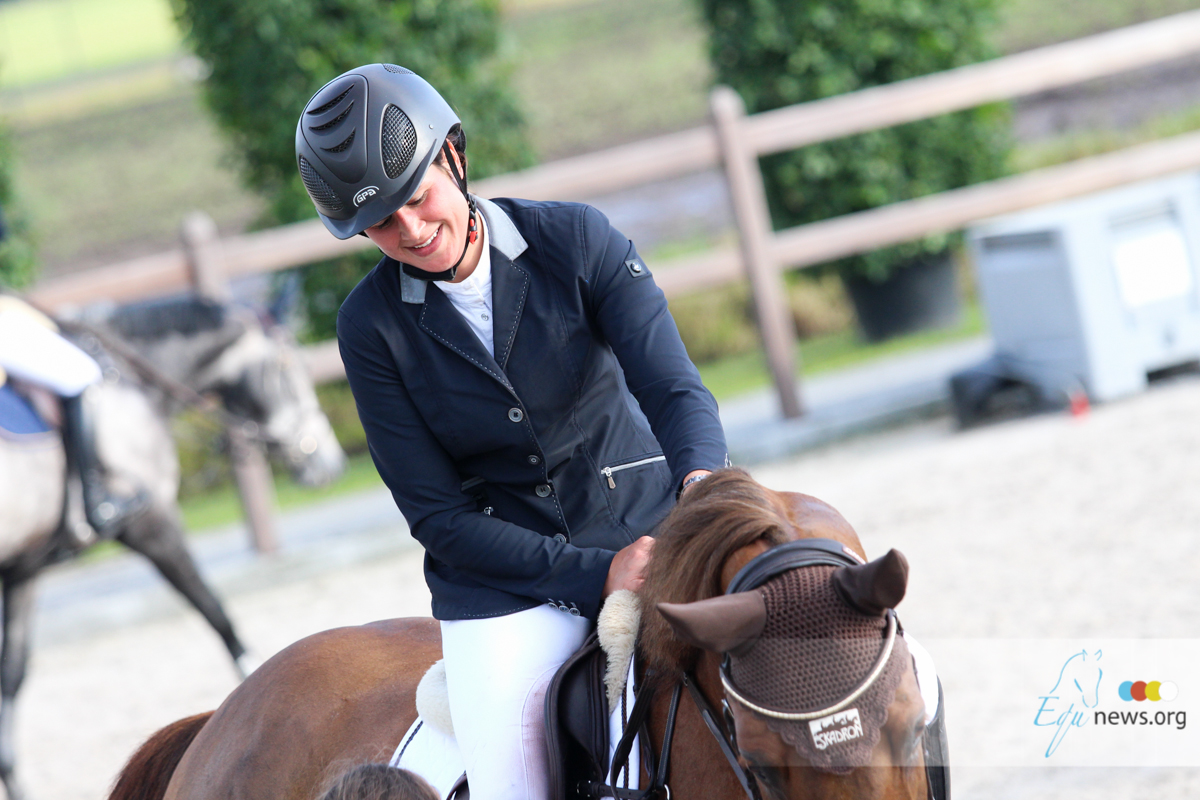While this is standard procedure for good horsemanship, no one ever seems to supply the rationale behind it. First, consider that as a horse exercises, his muscles turn stored energy into muscle contraction for movement. One significant byproduct of this metabolic activity is heat. While your horse is exercising, he dissipates 65 to 70 percent of the internal heat through evaporative cooling, i.e. sweating. This is important for returning his core temperature to within a set range, usually 97 to 101 degrees Fahrenheit (rectal temperature) at rest. Your horse must release this heat—through sweat and up to 15 percent through the respiratory tract—since too much internal heat has the potential to injure internal organs. The brain and central nervous system are especially sensitive to overheating. With this information, the next part of the equation will make more sense. If you pull your "hot” horse to a sudden stop, the circulation in his muscles slows, trapping heat within the large muscles and the core of the body, as well as his brain. This can cause problems such as tying up, and in more extreme situations, neurologic deficits, colic, heat stroke and metabolic collapse. The objective is to restore a horse’s heart rate and other vital signs to a normal range post-exercise. This is done by allowing blood circulation to continue to pull heat out of the horse’s interior to dissipate it through the skin as sweat or heat blown out by the respiratory tract. By continuing to walk him until he is "cooled down,” warm blood is circulated away from the muscles to the skin and lungs and is replaced with cooler blood to help with this process. Unless he is very hot from sprint exercise, he should also be allowed to drink. There are several ways to monitor how well your horse is cooling down: Heart rate should return to fewer than 60 to 64 beats per minute. Rectal temperature should return to less than 103 degrees Fahrenheit within 10 minutes. Breathing pattern returns to normal. Chest feels cool to the touch. Body type, hair coat, climatic conditions, physical conditioning, terrain, hydration, exercise effort, and weight of rider and tack all affect how much internal heat has built up in your horse’s body and how long it will take to cool him down. If you haven’t been riding very long or hard and if the weather isn’t too hot and humid, it shouldn’t take long to restore your horse’s system to normal range. But with extended exercise in hot weather, this process will take longer. You can help your horse cool by soaking his neck, chest and legs with cool water and using a sweat scraper to remove the heated water until his chest is cool to the touch.
The reason why you should cool down your horse after a ride
-
categories: Lifestyle , International



